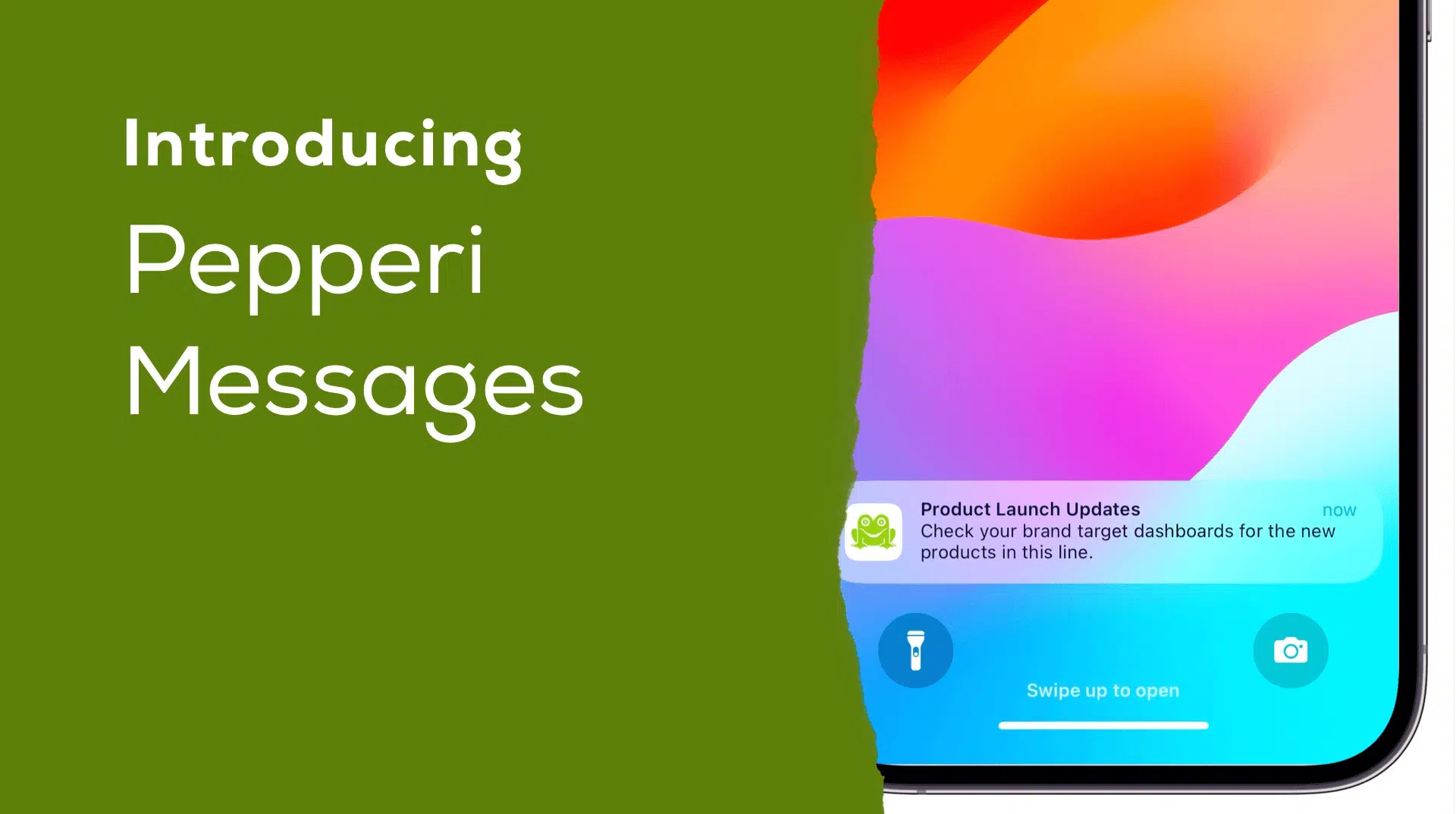Is Amazon a Threat to CPG Brands & Distributors?
March 3, 2021 By Yana Persky

Amazon Seller Problems:
- Being a First-Party vs. a Third-Party Seller
- Your Brand’s Lack of Pricing Control
- Competition and Commoditization
- Brand Dilution
- Loss of Data
Ever wondered why most of the world’s biggest CPG brands are missing from Amazon?
In fact, there is a growing number of brands and manufacturers breaking ties with marketplaces like Amazon and launching their own B2B ecommerce stores. Nike, Ikea, Birkenstock and PopSockets have become the latest brands to pull out from Amazon.
An aggressive pricing atmosphere, the inability to crack down on a growing number of counterfeits, and unauthorized sellers were cited as the primary reasons to stop selling directly on Amazon.
Even though Amazon presents itself as a brand’s best friend, one that can add more value than anyone else, the reality is not that simple.
Due to the platform’s design and how the marketplace works, brands are no longer just Amazon’s selling partners. The harsh truth is that Amazon wears several hats and is ‘de-facto’ not just the marketplace platform-enabler, but also buyer, seller and a major competitor.
First-party vendor vs. third-party seller
If a well-known brand considers selling its products on Amazon, they are generally given two options: either selling directly to customers as a third-party marketplace seller, or selling wholesale to Amazon as a first-party vendor. Wholesalers and distributors sell their products on Amazon as first-party vendors.
These first-party vendors have wholesale relationships with Amazon, selling directly to Amazon and often bypassing their traditional sales channels if a purchase order is large enough. As a first-party vendor, there is no need to worry about selling to consumers, fulfilling orders, or dealing with after-sales service. Wholesale products sold directly to Amazon are now labelled as “Shipped from and sold by Amazon.com” on the product detail page. Amazon is the SELLER aka RETAILER, so all responsibility is on Amazon.
Third-party marketplace sellers sell their products directly to Amazon’s customers and can also choose from two fulfillment options: Fulfilled by Merchant (FBM) or Fulfilled by Amazon (FBA).
Sounds like a win-win deal for everyone, and no wonder Amazon is perceived as the brands’ best friend. However, this is the stage where most vendors are lured in and still do not realize the potential risks while selling on Amazon.
Lack of pricing control
Amazon technically owns the inventory it buys from first-party vendors and determines which products it buys and how many of those products it keeps in stock. Amazon also controls the retail pricing and too often violates manufacturers’ minimum advertised pricing. Margins are the name of the game for most wholesale distributors. A mere 1% price decrease requires the company to increase its sales by nearly 6% to achieve the same profit.
Third-party sellers theoretically can set their retail pricing and control product inventory but in reality, Amazon has huge power over their pricing, inventory, and brand identity by systematically pitting sellers against each other or simply forcing them to sell goods at the price they want. The techniques include sabotaging a business by buying all of its inventory to steal the buy box, selling the exact same goods on the same Amazon listing and on e-Bay and returning any excess inventory at the end of the season.
There have been reports of Amazon forcing popular vendors to convert from being 3rd party sellers to 1st party sellers aka Vendor Central. Why would Amazon do it? It’s because Amazon can make more money this way by controlling the sale price of the goods and managing price promotions.
“Amazon obsesses over the customer experience and your brand has opportunities for improvement that will be possible by transitioning your full business to Vendor Central,” read one email from Amazon to a brand. “As a result, we have made the decision to source your products for sale by Amazon only and your existing Seller Central account will be closed within 30 days of this email.”
Competition and Commoditization
Most marketplaces have greatly expanded their private-label business and present a tough competition to other brands. It is also widely believed that Amazon uses the shopper data from their platform to develop private-label brands that are slowly strangling brand names and are turning them into commodities.
Did you know that Amazon sells more than 22,000 items of its own 111 brands and has tripled this number since 2018? Are you aware that AmazonBasics batteries are Amazon’s top battery label with a 30% share of category sales on its site? Analysts assume that by 2022 Amazon’s private-label business, including Whole Foods, will reach $31 billion, or 7% of revenue.
In addition, there are usually dozens of cheaper brands lurking in sidebars, banner ads or “customers also viewed“ sections with the same or similar products that ultimately divert potential buyers from your listing and result in you losing customers.
Brand dilution
Amazon continues to face multiple lawsuits from brands who claim it does not do enough to remove fake listings. German shoemaker Birkenstock ended its relationship with Amazon Europe by accusing them of selling counterfeit Birkenstock products on its platform in Europe. Nike stepped away from Amazon in protest over fake Nike items, fewer reviews, worse positioning on the site and unauthorized third-party sellers that kept popping-up under different names.
As Amazon continues to grow and expand into new markets, it is important for brands, wholesalers and distributors to reevaluate the impact of doing business with the e-commerce giant. Amazon disrupts the traditional CPG supply chain in several ways. Some CPG manufacturers and brands tend to experiment with Amazon, often bypassing their broadline distributors, just to realize it wasn’t a good fit for them and pull out before their brand reputation is seriously damaged.
Distributors and wholesalers have become extremely vulnerable to Amazon with sales going to the online channel. The recent B2B Future Shopper Report showcases that switching B2B suppliers is on the rise. 30% of B2B respondents changed existing suppliers because they did not offer online ordering.
Loss of data
Amazon traces every shopper’s step and has access to insightful data that would be incredibly valuable to brands. Amazon’s clients will never be yours and you are not able to market directly to them. For example, Amazon limits how sellers can communicate with customers and blocks access to buyer’s emails to ensure that customers remain loyal to them – not you.
Summary
To survive the supply chain transformation, B2B distributors need to bridge the e-Commerce gap, otherwise they will begin wondering where their customers have gone.
To grow your business further, B2B e-Commerce sites need to become a ‘One-Stop Shop’ where customers can see their order history, frequently bought items (shopping lists), previous invoices or statements, and pay their bills. This will make them a focal point for your customers to interact with you – and while they are there, they can learn about your latest and greatest products, services and promotions.
To find out more about Pepperi’s B2B e-Commerce module, click here.




























